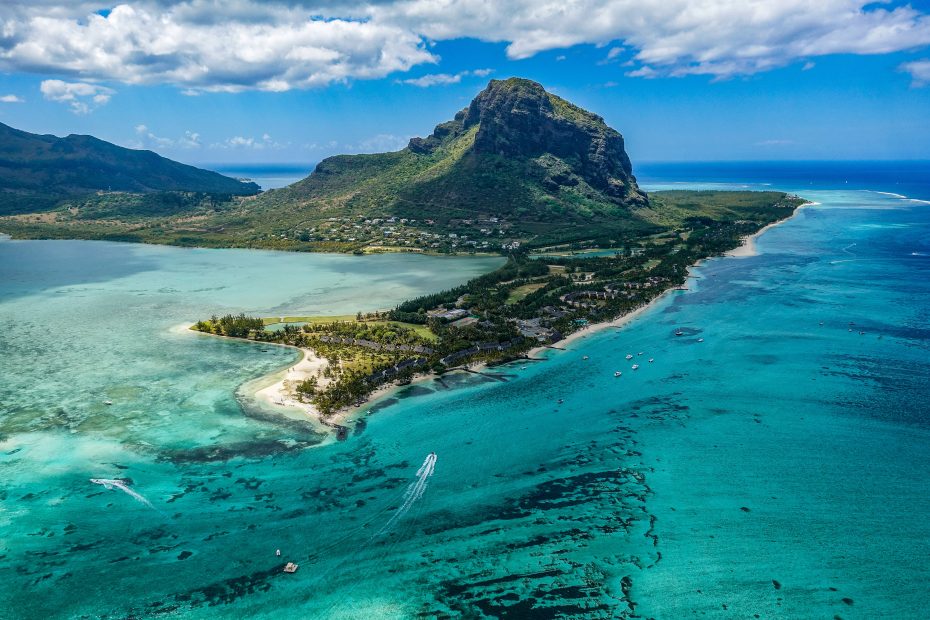Table of Contents
Introduction
The island nation of Mauritius lies in the Indian Ocean off the southeast coast of Africa. Known for its beautiful beaches, lagoons, and reefs, Mauritius has a unique blend of cultures with influences from Africa, Europe, and Asia. Let’s explore the top sights, activities, accommodations, transportation, and more for an unforgettable trip to Mauritius.
When to Visit Mauritius
The best time to visit Mauritius is during the drier months of May to December. The hottest months are January and February with temperatures averaging around 86°F (30°C). Cyclones are most likely from January to March. Peak tourist seasons are July to August and December to mid-January. Book accommodations well in advance during these busy times.
Getting to Mauritius
Almost all international flights arrive at the Sir Seewoosagur Ramgoolam International Airport (SSR), located near the southeastern coast. Over a dozen airlines offer direct flights to Mauritius from major hubs like London, Paris, Dubai, Singapore, and Johannesburg. Be sure to check visa requirements based on your home country.
Getting Around Mauritius
Public buses provide an affordable way to get around the island, especially along major routes. Renting a car allows more flexibility to visit remote beaches and sites. Taxis are readily available, particularly in tourist areas. Luxury hotels may include complimentary shuttles to popular attractions.
Where to Stay
Mauritius offers a wide range of accommodations. Guesthouses and B&Bs provide a local flair while international chains have properties across the island. Luxury beach resorts line the coasts, featuring infinity pools, spas, golf courses, and more. Many resorts are all-inclusive. Advance booking is recommended, especially for peak season.
Top Destinations
Port Louis
The capital and largest city has a lively waterfront, markets, museums, and historic sites. Don’t miss the Central Market downtown.
Grand Baie
This popular coastal town has gorgeous beaches, shops, restaurants, and nightlife. Visit La Cuvette beach or take a catamaran cruise.
Chamarel
See the stunning, colorful terraced earth layers at the Seven Colored Earths. Nearby Chamarel Falls is also worth a visit.
Casela Nature Park
Spot exotic birds and wildlife like lions, zebras, and monkeys in this large park and reserve. Walking safaris are available.
Ile aux Cerfs Island
Take a boat to this idyllic island with pristine beaches and blue lagoons for snorkeling, swimming, and relaxing.
Activities
With stunning beaches and reefs, Mauritius is perfect for water activities like snorkeling, scuba diving, sailing, and more. Hike through forests and up mountains for panoramic views. The island also has championship golf courses, local rum distilleries, botanical gardens, and vibrant shopping areas to explore on foot.
Mauritian Food and Drink
With influences from Creole, Indian, Chinese, and European cuisine, Mauritian food is diverse and delicious. Try flavorful curries, noodles, seafood like octopus vindaye, and tropical fruits like mangoes, lychees, and coconut. The local rum is renowned, produced at long-established sugar cane distilleries.
Safety Tips
Mauritius has relatively low crime rates but exercise normal precautions like avoiding isolated areas at night. Don’t leave valuables unattended on beaches. Tap water is safe in cities but drink bottled water in rural areas. While rare, jellyfish and stonefish may be hazardous in lagoons so wear reef-safe sunscreen.
Budgeting
Mauritius offers affordable luxury compared to many tropical destinations. Hotel rooms average $100-200 per night while all-inclusive resorts start around $250 per night for two. Meals at local restaurants and street eateries can be as little as $5. Car rentals begin around $30 per day. Look for deals in the off season.
Packing List
Bring light, breathable clothing, swimwear, sandals, sun protection, and insect repellent. Include long pants and closed-toe shoes for hiking. Bring formal wear if dining at upscale restaurants. Have copies of travel documents and insurance cards on hand.
Conclusion
With renowned beaches, colorful coral reefs, unique wildlife, diverse cultures, and friendly locals, Mauritius promises an unforgettable tropical getaway. Follow this guide to plan your perfect trip from arriving to departing this island paradise. Allow enough time to relax and explore at your own pace, and you’ll see why Mauritius remains one of the top travel destinations in the Indian Ocean region.
FAQs
What is the best way to get around Mauritius?
Renting a car allows the most flexibility to explore the island at your own pace. Buses and taxis are also convenient options.
What are the top beaches in Mauritius?
Some of the most beautiful beaches include Flic en Flac, Tamarin Bay, Belle Mare, Le Morne, and Ile aux Cerfs island.
What is there to do in Mauritius besides going to the beach?
Top activities include snorkeling and diving the reefs, hiking through forests and mountains, wildlife spotting, visiting botanical gardens, shopping at local markets, and touring rum distilleries.
What kind of food can I find in Mauritius?
Mauritian cuisine has diverse influences including Creole, Indian, Chinese, and French. Curries, noodles, seafood, and tropical fruits are highlights.
When is the rainy season in Mauritius?
The rainy, cyclone season typically runs from January through March. The driest months are May to November.
